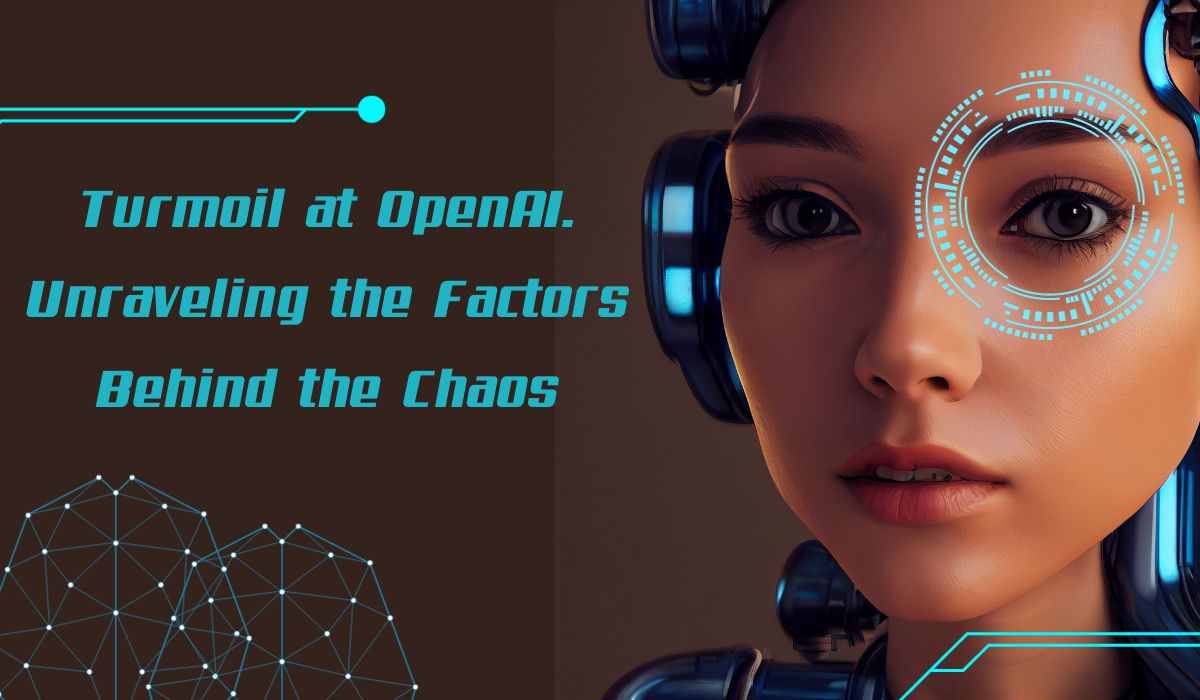
In a startling turn of events over the past weekend, OpenAI, a trailblazing force in the AI revolution, found itself on the brink of collapse. The founder and CEO, Sam Altman, faced an abrupt ousting by the board of directors on Friday, November 17. However, a rapid about-face ensued, as Altman was reinstated to his leadership role on Tuesday, November 21, and the board underwent a sudden and unceremonious reshuffling. These seismic shifts unfolded against a backdrop of internal dissent and public spectacle, with over 700 employees openly rebelling against the company's direction.
The heart of OpenAI's upheaval lies in a fundamental contradiction that has simmered beneath the surface. The conflicting forces within the organization came to a head, exposing a struggle over the company's direction and core values. This clash of visions played out dramatically, with Altman's removal triggering a power vacuum filled by not one but two interim CEOs, leaving the company in a state of disarray. The ensuing chaos saw a visibly perturbed Satya Nadella and an unusually gleeful Elon Musk, who holds a prominent position in the OpenAI saga. The unfolding drama raises critical questions about the future trajectory of this AI powerhouse.
To dissect the factors behind OpenAI's turmoil, one must scrutinize the conflicting ideologies that have simmered within the organization. The struggle for dominance between divergent visions of AI development and deployment has pitted leaders against each other, resulting in a battle for control that played out publicly. As the dust settles, the industry is left pondering the fate of OpenAI and the implications of this internal strife on the broader landscape of artificial intelligence.